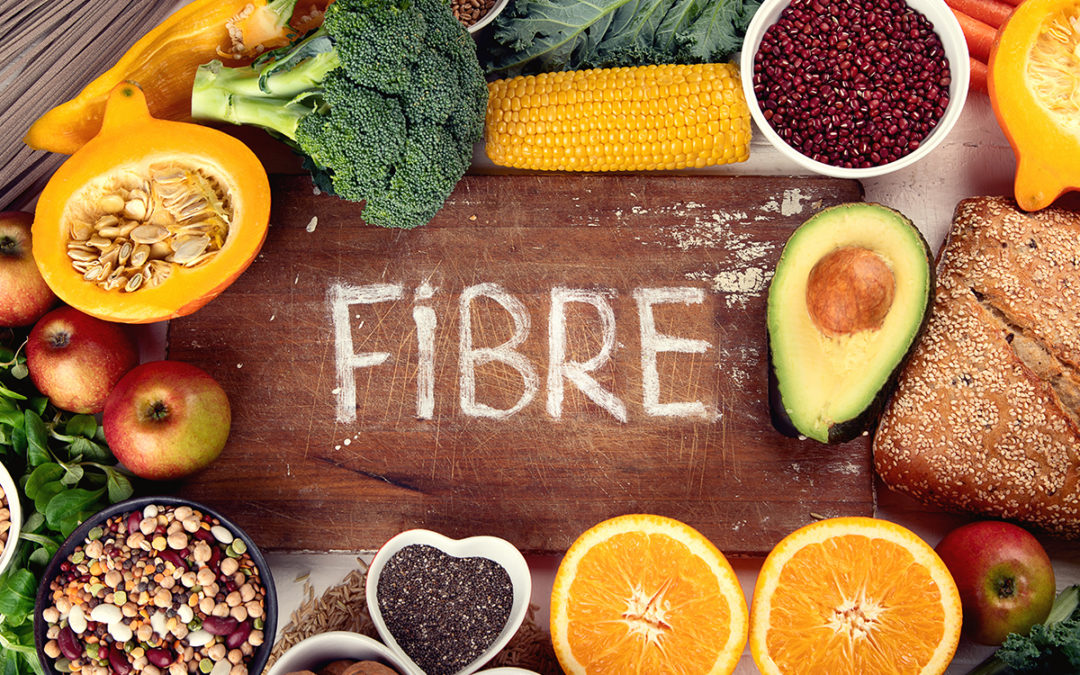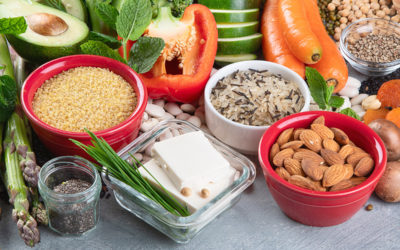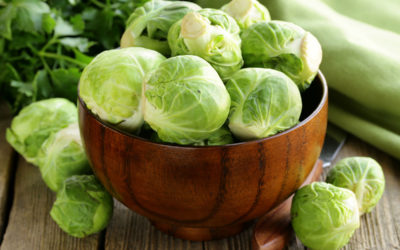Eating a diet high in fibre is a great way of maintaining health. Our gastrointestinal tract plays a big part in our overall health, housing much of our immune system and 70% of our ‘happy hormone’ serotonin. A happy gut = a happy mind! Our beloved gut microbiome also requires fibre to thrive and protect us.
Fibre is a carbohydrate that doesn’t convert to glucose (so doesn’t raise your blood sugar like other carbs typically do) and slows the entry of glucose into the bloodstream. Fibre has also been seen to help protect against many common diseases, lower cholesterol and of course help with regular bowel movements!
Eating fibre daily
The typical recommended amount of fibre is 35 grams per day. Most people aren’t reaching this target, the average person consuming just 15 grams per day. Fibre is found in fruits, vegetables, beans and peas, grains, nuts, and seeds. High fibre foods are usually low in calories and fat but packed with vitamins and minerals.
Soluble and insoluble fibre
Dietary fibre comes in two types: soluble and insoluble fibre. Soluble fibre dissolves in water and becomes gel-like, causing it to stick to bile, toxins and other debris and drag them from your body. Insoluble fibre attracts water like a sponge and acts to clean your intestines, increase intestinal motility and stimulate regular bowel movements. Constipation is more common in the elderly due to reduced intestinal peristalsis or rhythmic contractions, inactive lifestyles and diets low in fibre.
Ways of getting more fibre in the diet
Start your day with a fibre boost…
- Oats are a great source of insoluble fibre, so having porridge for breakfast is beneficial. Even better, add some berries for an extra boost.
- Adding ½ cup of cooked spinach to your eggs in the morning and 2 cups of mushrooms.
- ½ an avocado provides 4-5 grams of fibre so is a great addition.
- Swapping white toast for a wholegrain alternative.
Tips for throughout the day…
- Pile on the veggies! Vegetables are high in fibre and phytonutrients which are a must for overall good health. Have as many as possible in a variety of colours – the more colours on the plate throughout the day, the more your body will love you.
- Learn to love legumes. Black beans, lentils and split peas are all packed with fibre. Add them in slowly to let your body adjust if they haven’t been a part of your diet before. If you add too many in at once it can cause bloating in some people, so best to start small and slow.
- Eat fruit! Half a cup of raspberries adds 4 grams of fibre. Blackberries, blueberries, strawberries and kiwi, apples, pears also add a significant amount to your daily intake. Remember, eating fruit along with a protein or fat source like nuts or cheese will slow any negative impact of the natural sugars on blood sugar levels.
If beginning to add fibre into the diet for yourself or for a person who is not used to it, then introduce it slowly, monitoring how it is being tolerated and making sure plenty of fluids are being drunk to ensure motility. Remember insoluble fibre attracts water so it’s important to have plenty in your system. Adding too much fibre in one go with no fluids can cause stomach pains and discomfort, so to avoid this and to get the full benefit, add slowly and gently with plenty of fluids.



